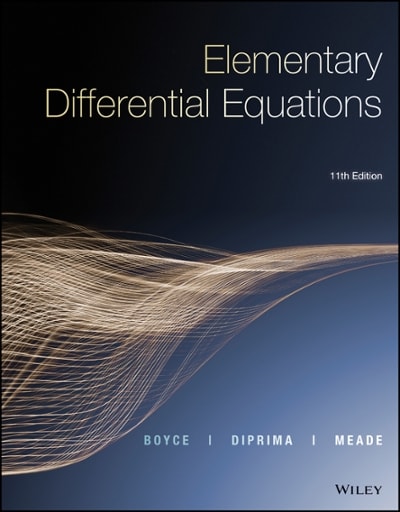Expectations For these questions, you are given brief summaries of research scenarios, specific hypotheses, and accompanying data. You are required to conduct appropriate statistical analyses
Expectations For these questions, you are given brief summaries of research scenarios, specific hypotheses, and accompanying data. You are required to conduct appropriate statistical analyses of the data to draw conclusions for each research hypothesis. Write a brief report of the results in which you Highlight all inferential statistical effects (e.g., There was a strong main effect of Factor A) Discuss the qualitative nature of any such effects (e.g., Group A scored higher on
For all analyses, assume two-tailed hypothesis tests with = .05 unless otherwise specified. All parametric analyses must include effect sizes. Any t-tests must include 95% confidence intervals. Any analysis that includes an F-test must also include an accompanying ANOVA table. Any analysis that includes a correlation must also include the variances of the variables and their cross product (SP; covariability). Any analysis that includes linear regression must also include all relevant descriptive statistics (i.e., SSResidual, standard error of the residual, regression equation). Any non-parametric analysis must include the ranked scores and the sum of ranks (R) You are free to use statistical software (e.g., SPSS, SAS, R, sciPy, MATLAB) to conduct statistical analyses and construct data plots. However, you must provide screenshots of your output as part of your submission. Please embed these images in the word-processed document, rather than submitting them separately. If you would prefer to comput statistical tests and construct data plots by hand on paper, please take photos of your work and embed them into your submission in much the same manner. Alternatively, you could type out your hand calculations, but this would likely be rather tedious and we therefore advise against it.
If you opt to use statistical software, please report exact p values for each statistical test (e.g., p = .026). Otherwise, if you perform hand calculations, report p values in relation to (e.g., less than) the appropriate -level (e.g., = .05) and include the critical values from the relevant statistical tables provided in the textbook for each statistical test (e.g., p < .05; tcrit = 2.18). Question #1 A human-computer interaction (HCI) researcher was interested in examining whether humans are better able to use a joystick or a mouse to point a computer cursor. She therefore constructed an experiment in which participants used either a joystick (joystick condition) or a mouse (mouse condition) to point a cursor to a target displayed on a computer monitor. She measured the time (seconds) that it took to place the cursor over the target (dependent variable referred to as time, where a higher time score indicates poorer performance). To determine whether potential benefits of using the joystick or mouse generalized to difficult HCI scenarios, the target was either stationary (static condition) or moved slowly across the computer screen at a constant velocity (motion condition). Participants were randomly and uniquely assigned to 1 of 4 conditions in the interface (levels: joystick, mouse) target type (levels: static, motion) experimental design. Given the data collected by the researcher (see Table 1 below), what can she conclude about how easily humans interact these HCI interfaces and how are these HCI interfaces influenced by target type? Include a line graph of the means.
Step by Step Solution
There are 3 Steps involved in it
Step: 1

See step-by-step solutions with expert insights and AI powered tools for academic success
Step: 2

Step: 3

Ace Your Homework with AI
Get the answers you need in no time with our AI-driven, step-by-step assistance
Get Started


